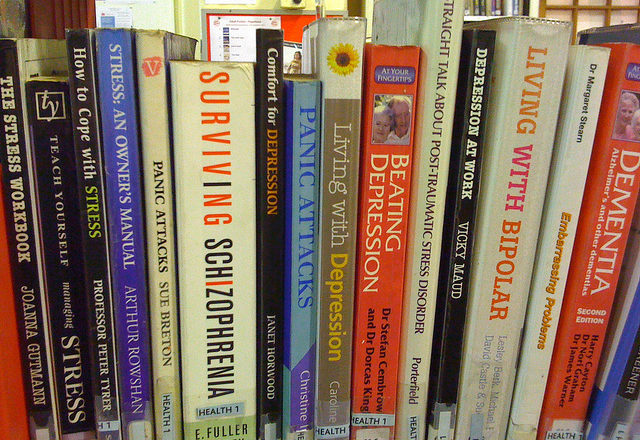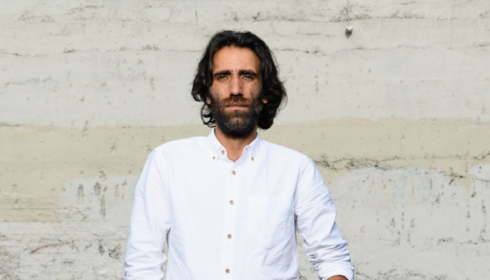
Mental health awareness campaigns are a dime a dozen in Australia. Last month, we had World Suicide Prevention Day, and R U OK? Day, which aims to remind people to raise the question with others around them, serving as a conduit to more meaningful conversations about how someone is doing. This week, World Mental Health Day, and National Mental Health Week, have the objective of encouraging help-seeking behaviour, and fostering connections within communities.
Mental health is a serious issue in the country. According to national media initiative Mindframe, approximately one in five Australians experience a mental illness each year. Mental illnesses are also the third leading cause of disability burden in the country, accounting for an estimated 27 per cent of total years lost. Workplaces also cite mental health reasons to be a cause of absenteeism, leading to reduced productivity and longer sick days. Despite statistics proving mental health issues to be significantly common in the population, the stigma surrounding it continues to exist.
Today, mental health information and resources are more available than ever before. However, new research has also revealed that the stigma associated with mental illness is still very real – even among young people – with 26 per cent of Australians aged 12-25 not willing to reveal their struggles with mental health to others, 52 per cent feeling embarrassed to mention it, and nearly half afraid of what others would think.
Furthermore, discrimination as a residual effect of stigma is increasingly prevalent. A recent Beyond Blue policy paper found that 79 per cent of interviewees attending specialist mental health services reported experiencing discrimination, with 20 to 37 per cent experiencing anticipated discrimination – which is when people stop themselves from doing something important (for example, participating in social activities or applying for a job) when they felt there was a chance they could be discriminated against.
This brings the effectiveness of mental health campaigns into focus. While it’s great to see more mainstream mental health awareness, the impact feels insufficient. As a society that values resilience over vulnerability, it is often difficult for most people to admit to themselves how they’re really doing, let alone share these thoughts with others. And as a result of the way our society is structured around productivity, admitting to having a mental illness can feel like a weakness. Not only that, many narratives surrounding mental health focus on an end-goal (recovery), instead of the more realistic steps needed (coping). “This too, shall pass,” or will it?
As someone who struggles with major depressive disorder, a general low mood pervades me every day. This occurs on a spectrum, and is not necessarily a bad thing, but just the way my brain works. I may be able to “make a mental health promise” to myself, but only for the short-term. And as opportunities for social validation become perpetual due to the omnipresence of social media, the nature of intimacy changes. Disclosure is no longer the key term of intimacy, and intimacy is no longer the balm for alienation. I could post something on Facebook about my current mental health status, but it gets lost in the exposure feed.
Mental health awareness campaigns usually forget that people facing problems cannot be lumped in one category; coping techniques and responses to outreach cues vary – what works for someone may not work for another. While some rely on medication to survive, others develop their own self-care techniques to cope, among myriad ways of discovering what feels good at any given time.
Mental health services in Australia are still extremely limited and almost always focus on a “one-size-fits-all” textbook definition of mental illness.
Of course, as there is still so much silence around mental illness, it’s important to check in. For example, asking “R U OK?” is one thing, but there needs to be mental preparation on the asker’s part to commit to helping in whatever way the other person needs. Frequently, campaigns like these put the focus on the asker – usually someone who doesn’t struggle with mental illness – to try to empathise with someone who does, which can impinge on boundaries. What happens after the fact?
To me, coping with mental health right now sounds like sucking it up and dealing with it. Mental health services in Australia are still extremely limited and almost always focus on a “one-size-fits-all” textbook definition of mental illness, with very little funding allocated to community services. The only subsidised mental health service Medicare provides is a 10-session Mental Health Treatment Plan (reduced from 12 in 2011) that either serves low-to-moderate mental health issues, or has to be escalated to further treatment, which can be inaccessible for those without the resources to finance it, or the ability to know where to look.
This is complicated further when issues such as poverty and discrimination are added to the mix; oftentimes they can bring about or exacerbate existing mental illnesses. Already, research has shown that women experience more anxiety than men, racial discrimination towards people from culturally and linguistically diverse communities results in higher psychological distress, and mental health services are proved to be inadequate for Aboriginal Australians.
What next? Obviously, community services are sorely needed. Organisations such as Beyond Blue and Headspace do a great job in redefining the terrain when it comes to talking about and dealing with mental illness, but more needs to be done. We need to diminish the stigma associated with talking about mental health by facing it head-on with our friends and family, and to come to terms with the fact that solid forms of action can be futile. Sometimes, being able to accept that is part of a healing process in itself, and can open up more pathways to self-care and understanding oneself in relation to neurotypicality.

